 At long last, springtime has come and, with it, nature is taking on its colourful attire in the form of all kinds of flowers.
At long last, springtime has come and, with it, nature is taking on its colourful attire in the form of all kinds of flowers.
Flowers of different kinds and shapes, of diverse colours and fragrances, for our enjoyment.
One of them has a name which always strikes me because… it has a message.
It is called: Forget-Me-Not !
Scientists surely have a more sophisticated name for it in Latin, but I prefer its popular title and… request: FORGET-ME-NOT!
The picture of it came to me as I read the Psalm of this Sunday (7th Sunday of Easter, Year B – Ps.103).
Verse 2 says: “Forget not all his (the Lord’s) blessings.”
It is not a prophet or any of Israel’s wise people who say this to the Psalmist but he speaks to himself!
He says: “My soul…” – in other words, he calls on his deepest self, not to forget.
Not to forget,
to remember,
to recall,
to be aware of all that the Lord has done for him.
But this supposes that… a person has first noticed the Lord’s action in his life.
He/she has been attentive and sensitive to the intervention of God on his behalf.
Then, later on, he/ she will be able to bring back to memory the gifts received and the blessings enjoyed.
 I know of a woman who, at the beginning of each year, takes a colourful flower container which she especially likes.
I know of a woman who, at the beginning of each year, takes a colourful flower container which she especially likes.
No, she does not place flowers into it but, every day, she puts at least one small piece of paper on which she has listed something good and positive that has happened during the day.
It can be a small gesture of appreciation from someone, a chance meeting with someone else, the smile of a child, a good deed from a neighbour –
just about anything that has touched her in a positive way –
she writes it down and she places the small piece of paper in the jar.
Then, on those days when she feels sad or discouraged, when everything seems to go wrong, or when she simply lacks the energy to go on doing her best, she takes out one of the small pieces of paper from the flower container…
‘It works like magic’, she says!
The positive aspect of the memory – and the thanksgiving she has attached to it – bring back a feeling of joy, of renewed strength.
On this Sunday, I ask: ‘Why not do the same for the Lord’s blessings?’
They may come ‘clothed’, as it were, under the appearance of all the good things that happen to us and…
we may have failed to notice so many of them.
A colouful flower container… and the resolution NOT TO FORGET are all that is needed!…
Note: Another reflection is available in French in a different theme at: https://image-i-nations.com/7e-dimanche-de-paques-annee-b/
Source: Images: pixabay.com PxHere
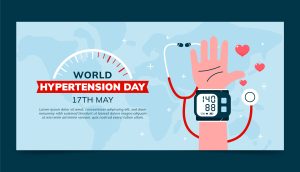 World Hypertension Day might sound like an intensely stressful day, which causes high blood pressure, but it is in fact an educational event, designed to prevent instances of hypertension.
World Hypertension Day might sound like an intensely stressful day, which causes high blood pressure, but it is in fact an educational event, designed to prevent instances of hypertension.
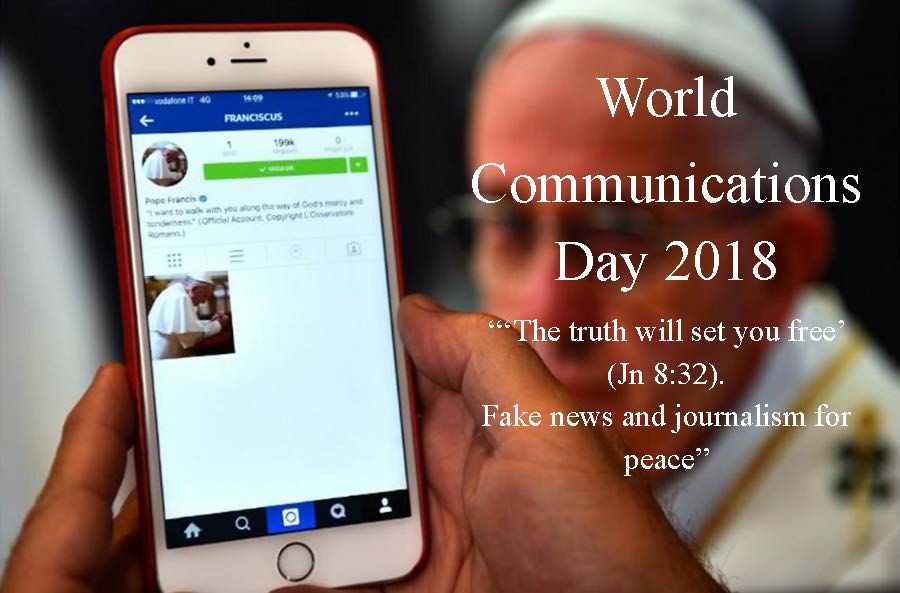 World Communications Day is a worldwide celebration which follows the 1963 decree Inter Mirifica addressing the media of social communications and which was published during the Second Vatican Council. World Communications Day is now marked annually in most countries on the Sunday before Pentecost Sunday, which this year falls on 13 May. In some countries, the day is marked as the solemnity of Ascension.
World Communications Day is a worldwide celebration which follows the 1963 decree Inter Mirifica addressing the media of social communications and which was published during the Second Vatican Council. World Communications Day is now marked annually in most countries on the Sunday before Pentecost Sunday, which this year falls on 13 May. In some countries, the day is marked as the solemnity of Ascension. The tireless efforts of nurses all over the world are celebrated every year on May 12, the anniversary of Florence Nightingale’s birth in 1820.
The tireless efforts of nurses all over the world are celebrated every year on May 12, the anniversary of Florence Nightingale’s birth in 1820. Symbols
Symbols At long last, springtime has come and, with it, nature is taking on its colourful attire in the form of all kinds of flowers.
At long last, springtime has come and, with it, nature is taking on its colourful attire in the form of all kinds of flowers. I know of a woman who, at the beginning of each year, takes a colourful flower container which she especially likes.
I know of a woman who, at the beginning of each year, takes a colourful flower container which she especially likes.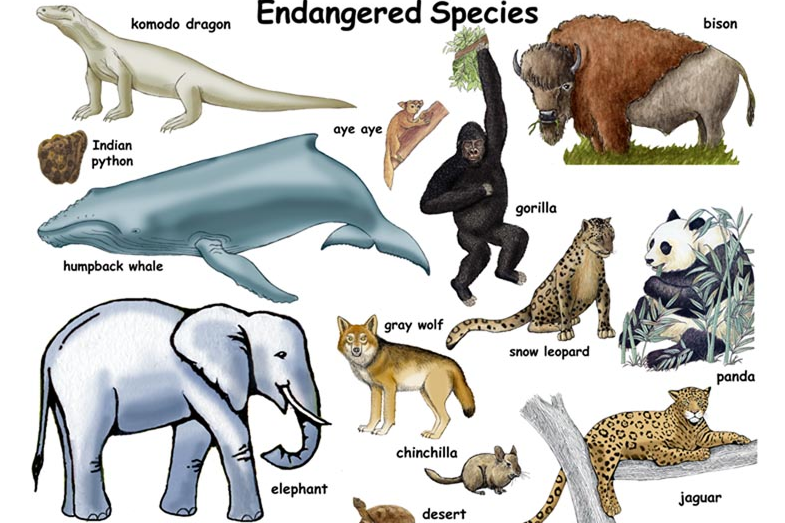 We live in a world full of many animals, insects, plants and creatures which are approaching risk of extinction – or are so close to extinction, that their species needs help immediately. When a species is defined as endangered, its numbers are especially low – in the last few thousands, hundreds, or even tens. And when the last of the species is gone, they are gone for good.
We live in a world full of many animals, insects, plants and creatures which are approaching risk of extinction – or are so close to extinction, that their species needs help immediately. When a species is defined as endangered, its numbers are especially low – in the last few thousands, hundreds, or even tens. And when the last of the species is gone, they are gone for good.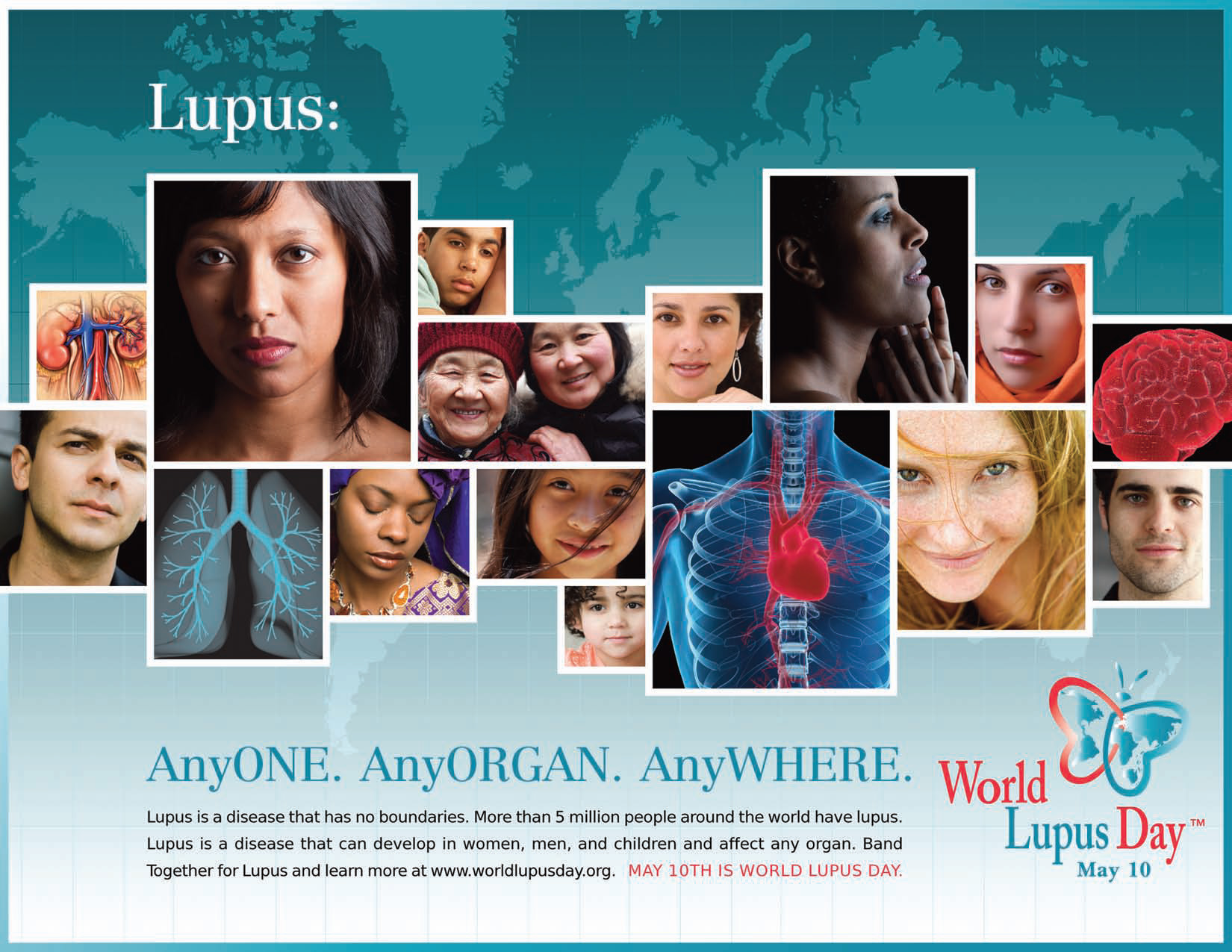 Over 1:1000 Canadian men, women and children are living with lupus and while we work towards our vision of life without lupus we want to ensure people living with lupus are living well.
Over 1:1000 Canadian men, women and children are living with lupus and while we work towards our vision of life without lupus we want to ensure people living with lupus are living well. May 8 is World Red Cross and Red Crescent Day. It’s a time to recognize the staff and volunteers who traverse their communities, their countries, and the globe to alleviate human suffering.
May 8 is World Red Cross and Red Crescent Day. It’s a time to recognize the staff and volunteers who traverse their communities, their countries, and the globe to alleviate human suffering.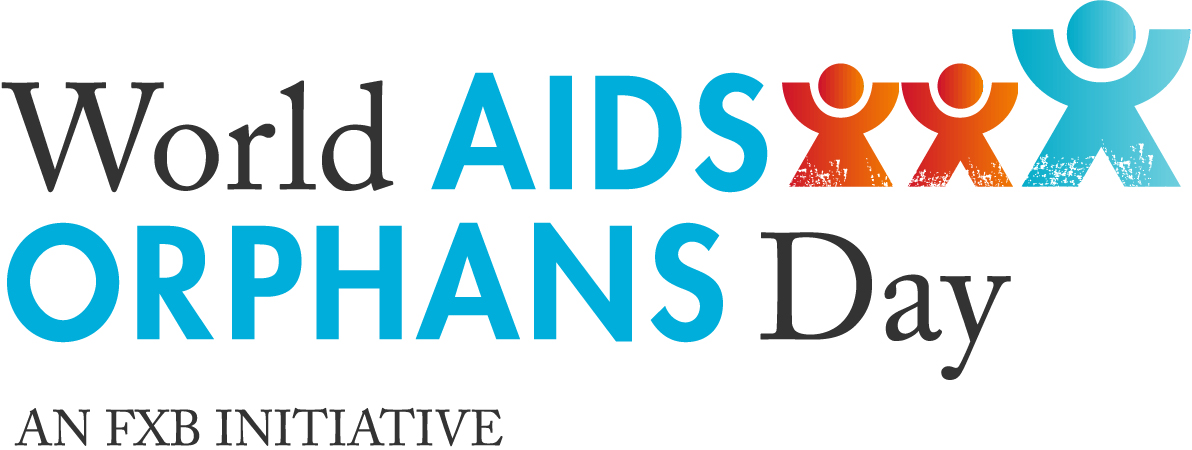 Children orphaned by AIDS are just a fraction of the problem, as millions more have been made vulnerable. Behind the statistics are millions of stories of human suffering. The AIDS crisis has a catastrophic impact on households and communities – deepening poverty and exacerbating hardships. More than 95 percent of children affected by AIDS, including orphans, continue to live with their extended families. However, these families are increasingly overwhelmed by poverty and struggle to protect and raise the children in their care.
Children orphaned by AIDS are just a fraction of the problem, as millions more have been made vulnerable. Behind the statistics are millions of stories of human suffering. The AIDS crisis has a catastrophic impact on households and communities – deepening poverty and exacerbating hardships. More than 95 percent of children affected by AIDS, including orphans, continue to live with their extended families. However, these families are increasingly overwhelmed by poverty and struggle to protect and raise the children in their care.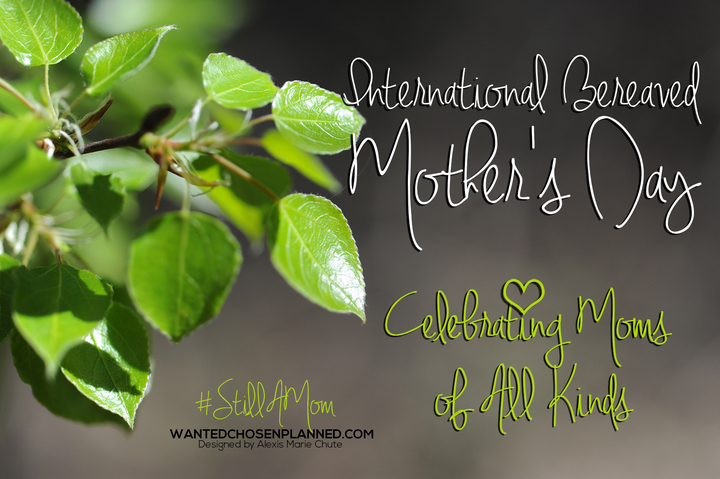 Bereaved Mother’s Day is an opportunity for moms grieving for their children to be open about all they’ve endured.
Bereaved Mother’s Day is an opportunity for moms grieving for their children to be open about all they’ve endured. 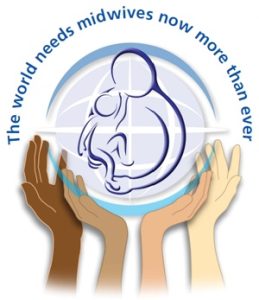 International Midwives’ Day was first celebrated May 5, 1991, and has since been observed in over 50 nations around the world. The idea of having a day to recognize and honor midwives came out of the 1987 International Confederation of Midwives conference in the Netherlands.
International Midwives’ Day was first celebrated May 5, 1991, and has since been observed in over 50 nations around the world. The idea of having a day to recognize and honor midwives came out of the 1987 International Confederation of Midwives conference in the Netherlands.